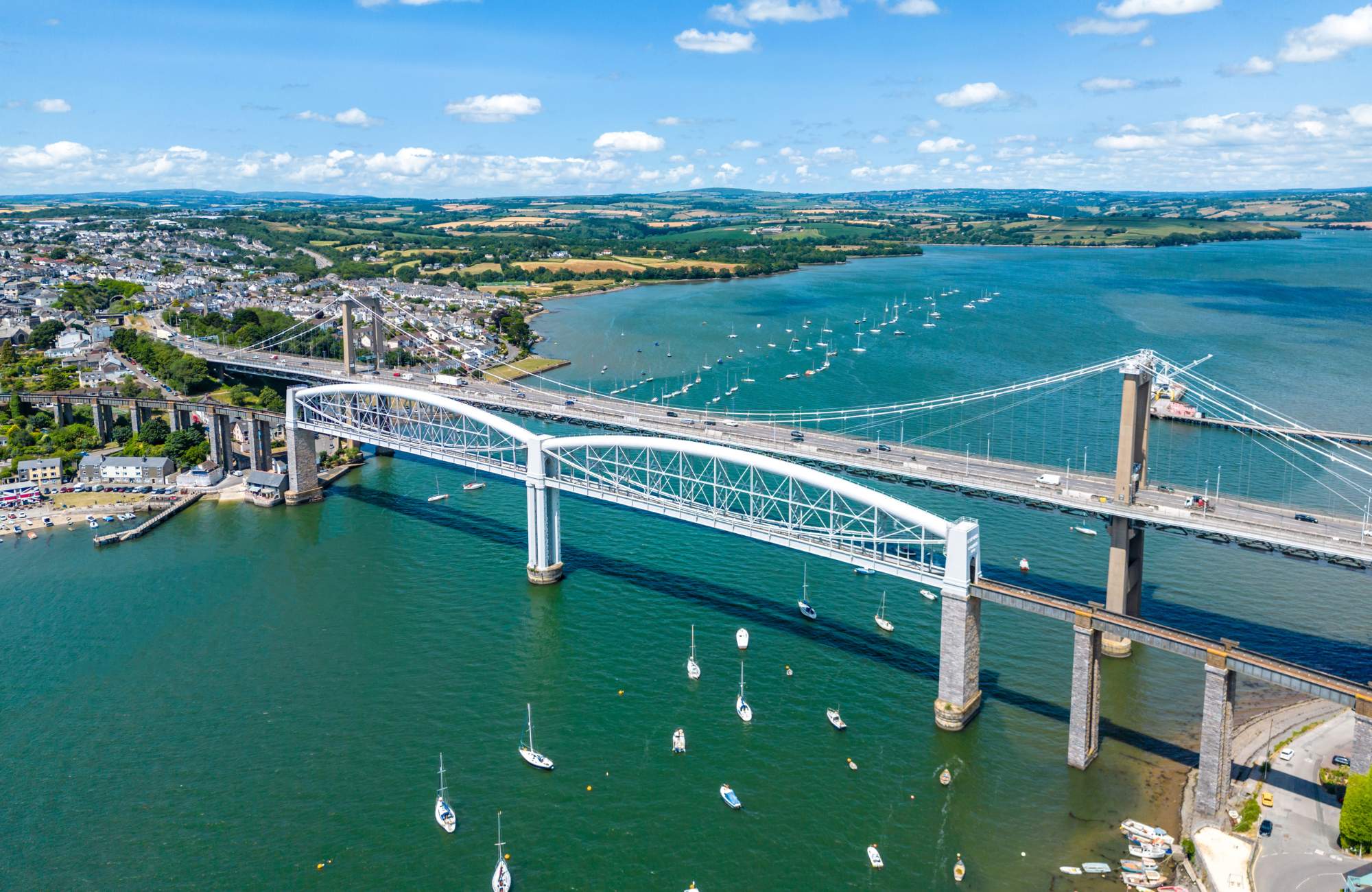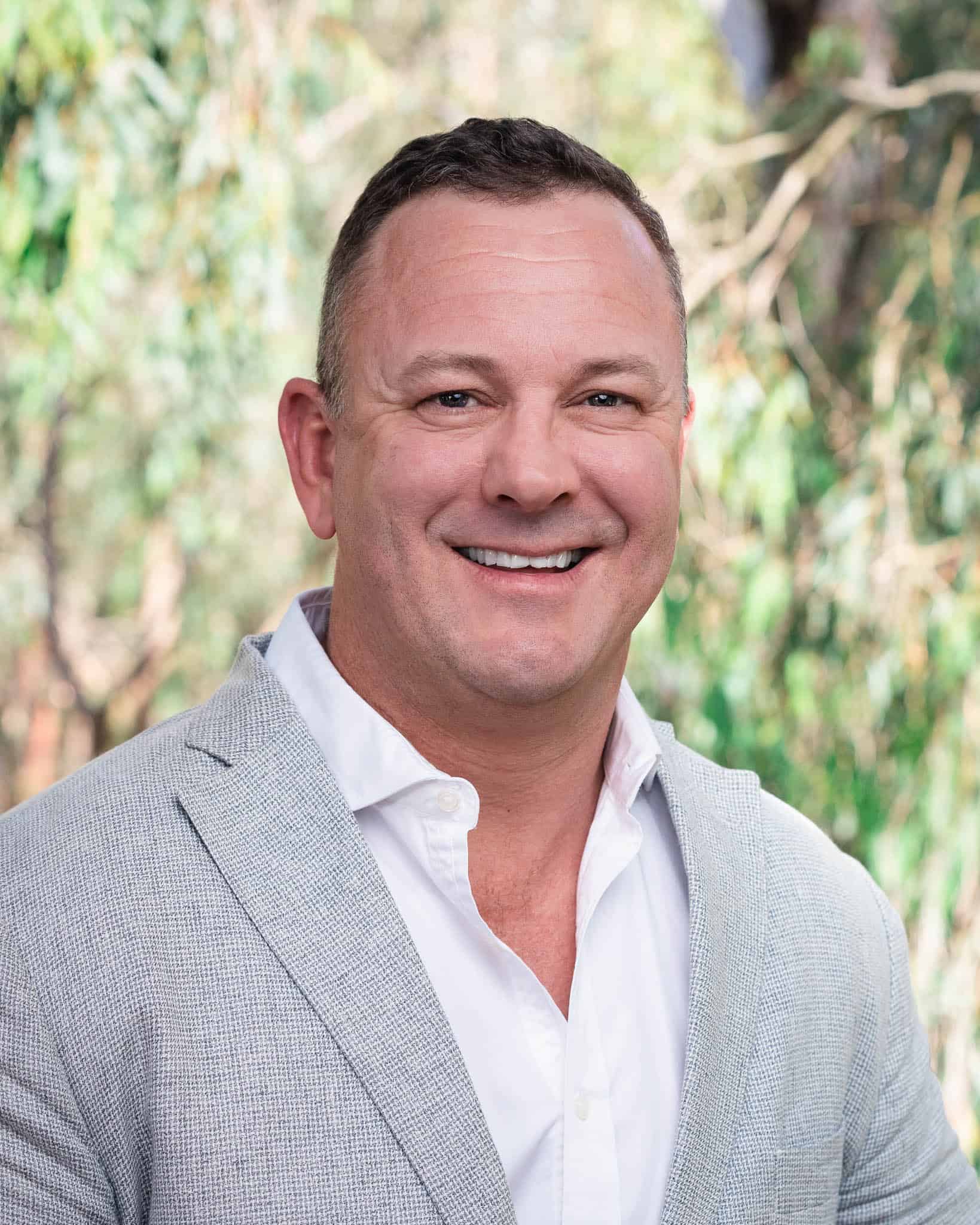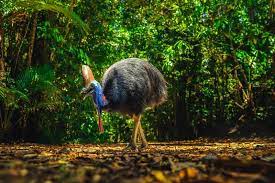Five energy trends Australia will plug in to within two years
NEXT YEAR begins the five-year countdown for Australia to hit its 43 percent emissions reduction target – and the waypoint posts are being tapped into the success route now.
Emission projections at this stage indicate the nation is on track to hit 42 percent by 2030.1 The government is accelerating the process by injecting millions of dollars into regulatory changes, improving consumer access to clean energy2 and exploring mass energy production options such as wind, solar, hydro, geothermal and bioenergy.3
So far, 35 percent of the country’s electricity is generated from solar, wind and hydro sources.4
Australia’s fastest growing renewable energy provider5, Green.com.au, has undertaken thorough research and analysis of consumer and industry trends to forecast what is likely to take off in Australia in the next two years, along the pathway to emissions reduction target success – and a sustainable and resilient energy generation and transmission mix along the way.
Green.com.au CEO and co-founder David Green has identified five energy trends set to sweep Australian in 2025 and 2026. 
“At Green.com.au, we see the next two years bringing households and businesses greater control over their energy costs,”
Mr Green said.
“From stricter energy efficiency standards for rentals to the rapid growth of rooftop solar, the market will have more opportunities to save on energy bills while accessing cleaner energy options.
“As Australia moves toward its emissions reduction targets, advancements in wind power and hydrogen, and ongoing debates around nuclear energy, will continue to provide the energy industry with new opportunities to adapt and innovate.”
- Stringent energy efficiency standards for rentals will expand nationwide.
This year, the Victorian Government proposed minimum energy efficiency standards for rental properties, with the aim of improving comfort and living costs for renters and supporting the state’s path to net zero emissions. For October 2025, the new standards would see landlords required to install ceiling insulation, improve door sealings, replace hot water and heating systems with energy-efficient appliances at the end of their lives, install four-star energy efficient shower heads and three-star cooling systems in the main living area.
Green.com.au’s own research found that 81 percent of Australians support Victoria’s move and 61 percent supported adoption of the same standards across all State Governments and the ACT. Full study here: https://www.green.com.au/research/renters-and-landlords-divided-on-energy-efficiency-reforms.
- Large-scale wind power projects will hit new milestones.
This has been a pivotal year for wind energy in Australia, with three significant projects due for completion and advancements in integrating wind energy into Australia’s energy grid.6 It has set the scene for exponential growth in the next few years.
The government granted 12 feasibility licences for major projects in Australia’s first declared offshore wind zone in Gippsland's Bass Strait.7 Another preliminary feasibility license was granted for the Southern Ocean offshore zone, and applications have opened for the Western Australian Bunbury offshore wind zone.8 These licences – valid for seven years – are the first of three in the process of building offshore wind farms9 and the half-way mark to construction and operation.10 It has taken two years to get to this point so while the next steps will take time we can expect significant progress in the next two years, bringing cheaper, cleaner energy and thousands of jobs closer.
- Rooftop solar will continue to boom.
A new study from Green.com.au found that two out of three Australian households are willing to outlay $8000-$10,000 on rooftop solar and battery systems after expecting, or being lobbed with, energy bills beyond their expectations. The findings point to a potential boom in rooftop solar, which already accounts for 11.3 percent of Australia's electricity.11
A record 57,000 battery or energy storage systems were installed in Australian homes in 2023 – a 21 percent growth on 202212 – and nearly 30,000 battery units were sold in the first half of 2024.13 The Green.com.au study found a quarter (24%) of households paid more than $300 per month more in their energy bills this year.
Alarmingly, in the same study, 34 percent said gas and electricity bills were their largest expense – well above the 21 percent of householders citing food as the biggest cost. Full study: https://www.green.com.au/research/is-energy-bill-pressure-swaying-australians-toward-solar.
- Hydrogen a step closer to becoming a significant local industry.
The Australian Government announced a further $2 billion investment its Hydrogen Headstart program, which supports large-scale renewable hydrogen projects, and aims to accelerate the development of Australia’s hydrogen industry, make connections with new global hydrogen supply chains and set the country up as a renewable energy superpower. With six shortlisted applicants in round one, based on projects that are among some of the largest renewable hydrogen projects in the world, Australia’s reputation in the industry will grow, gain trust and earn respect with continued investment in 2025 and 2026.14
- Nuclear power debate will ramp up.
With a 2025 Federal Election looming, and with the Coalition gaining ground in the polls, Australia can expect to see increased debate around nuclear power. Liberal Party leader Peter Dutton has released his plan to build nuclear power plants across the nation, earmarking seven sites where coal power stations have closed or are scheduled to close. If a Liberal-National Coalition wins the next Federal Election, the nuclear power debate will once again come be at the forefront of Australia’s emission reduction race.15
Mr Green said the research was part of Green.com.au’s mission to educate the Australian people, government decision makers and business leaders about the country’s successful transition to renewable energy. The company was co-founded under the brandname Teho in 2020 by him and his brother, Jonathan Green – and rebranded in May 2024 as Green.com.au.
Green is helping lead the way in the transition to renewable energy by offering innovative energy solutions to Australian households, ranging from solar panels and solar batteries, heat pumps, and installation of electric vehicle charging solutions.
In 2023 the Australian Financial Review recognised Teho as a Fast Starter, taking top position in the Agriculture, Mining and Utilities category, and 15th position overall.
REFERENCES
1 Net Zero - DCCEEW
2 Powering Australia - DCCEEW
3 Emerging energy technologies
4 Renewables | energy.gov.au
5 In 2023 the Australian Financial Review recognised Teho (now rebranded Green.com.au) as a Fast Starter, taking top position in the Agriculture, Mining and Utilities category, and 15th position overall.
6 Wind Energy Prospects 2024: Australia's Green Future (energyaction.com.au)
7 Offshore wind energy
8 New offshore wind zone declared in Western Australia | Austrade International
9 Offshore wind energy
10 Gippsland, Victoria declared offshore wind area - DCCEEW
11 As of April 2024. https://cleanenergycouncil.org.au/news-resources/rooftop-solar-generates-over-10-per-cent-of-australias-electricity
12 https://www.sunwiz.com.au/battery-market-report-australia-2024/
13 https://cleanenergycouncil.org.au/news-resources/australia-s-love-of-rooftop-solar-continues-to-ease-energy-costs-on-homes-and-businesses
14 Six shortlisted for $2 billion Hydrogen Headstart funding - Australian Renewable Energy Agency (ARENA)
15 Peter Dutton's energy scheme: Everything you need to know | Climate Council
#ends







